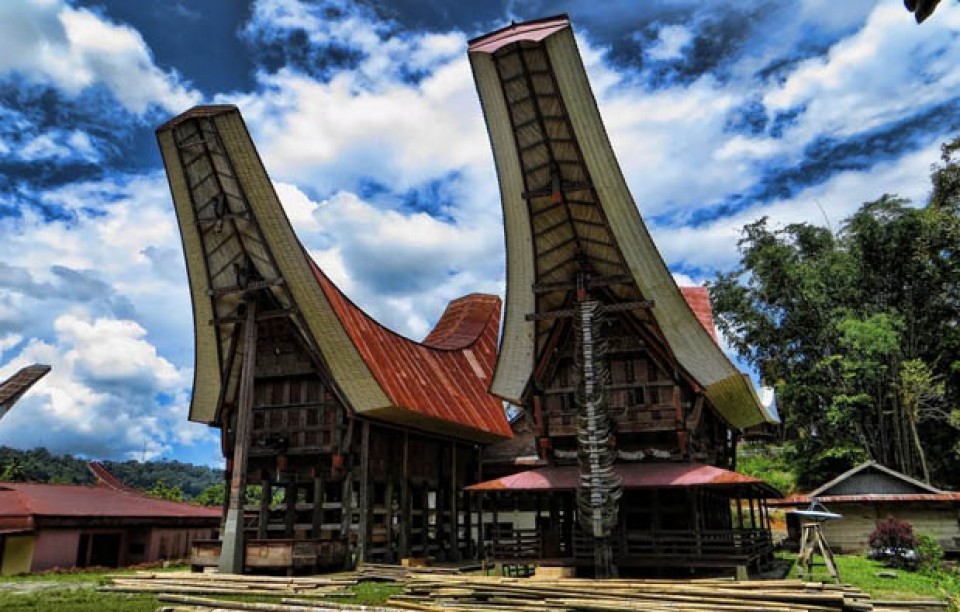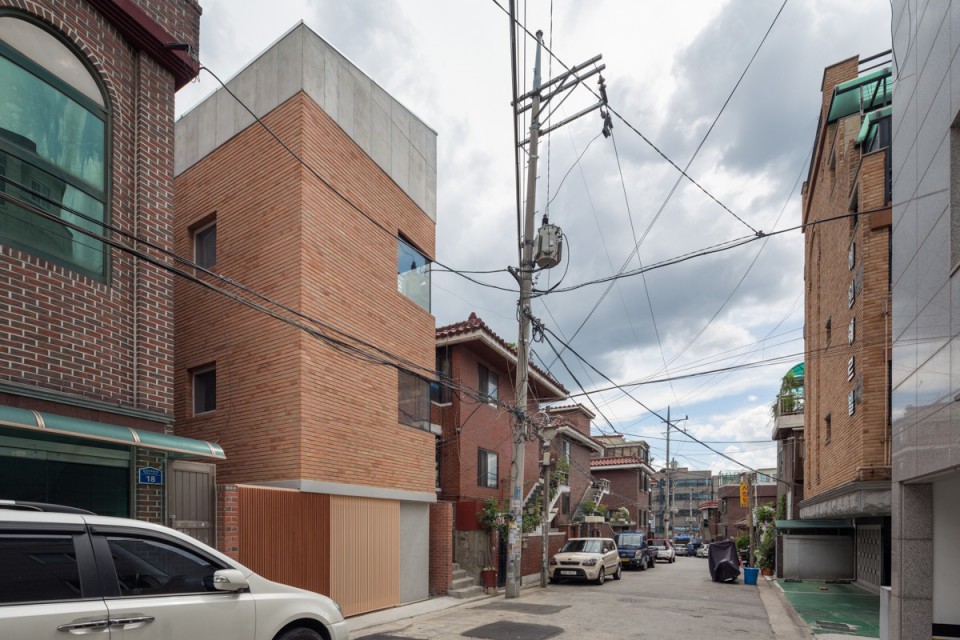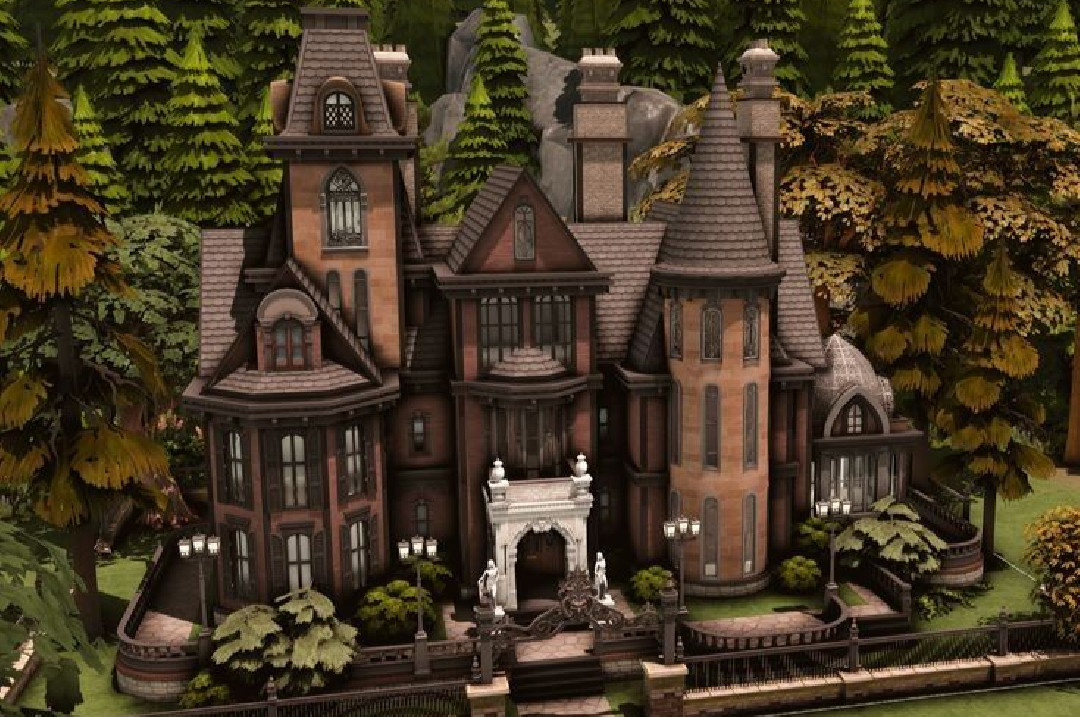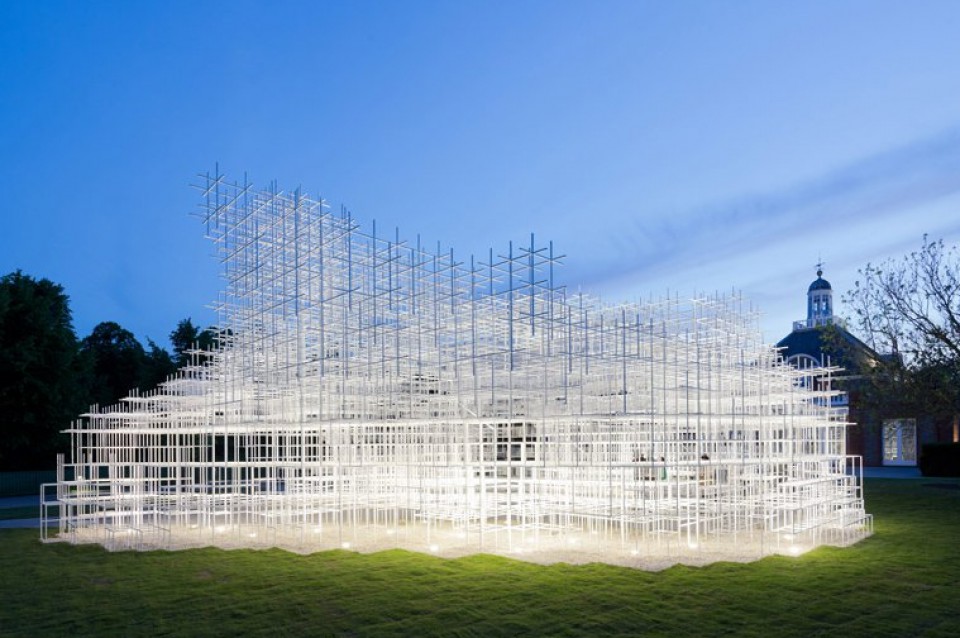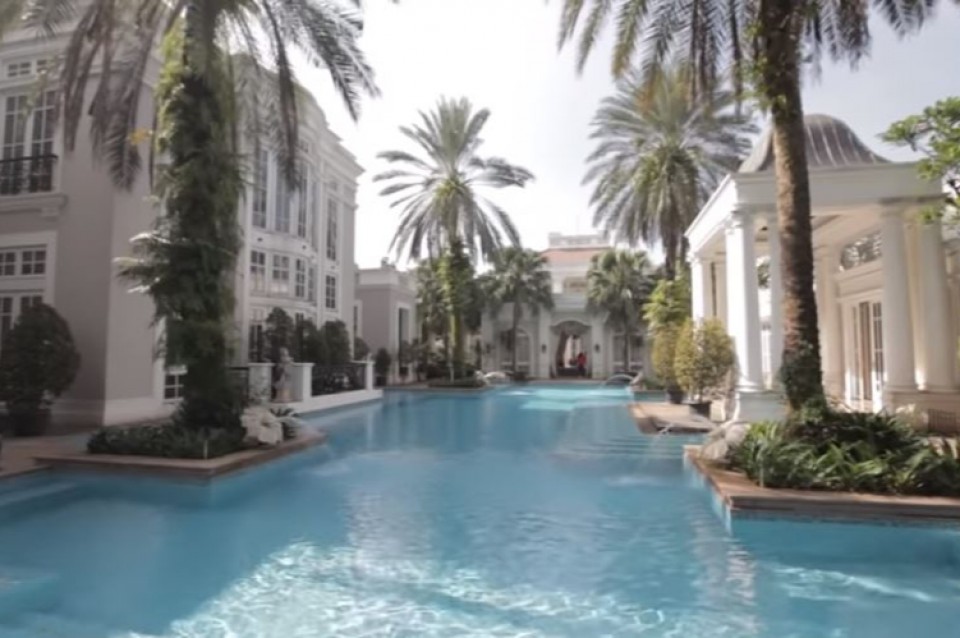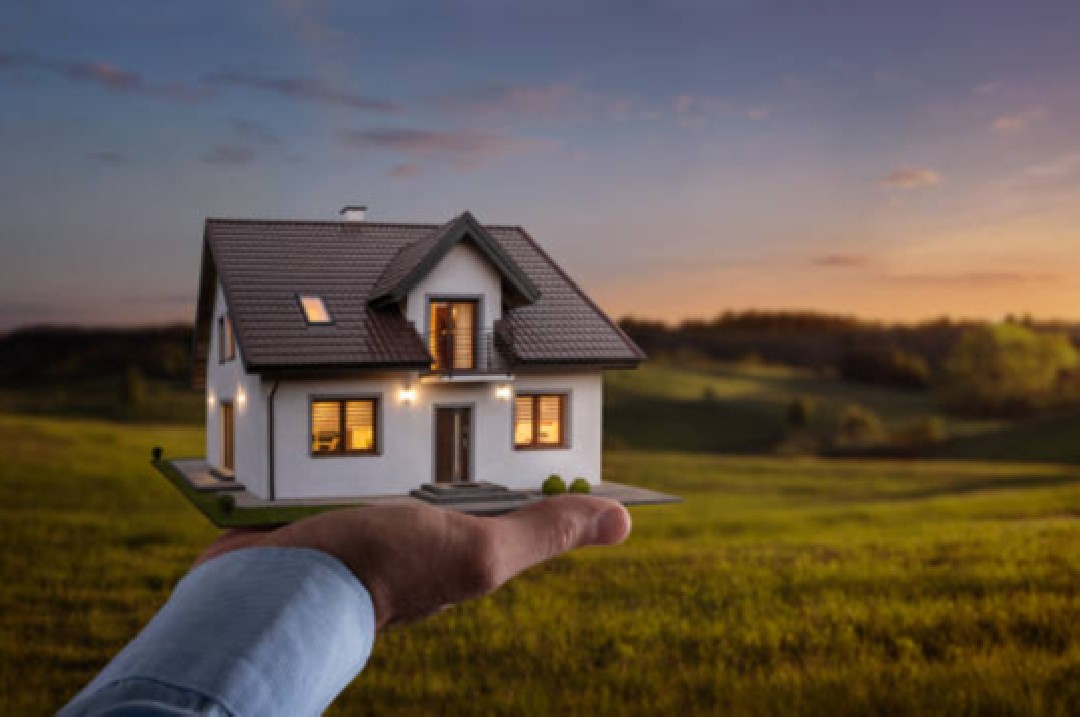These Captivating 10 Indonesian Traditional Houses Showcase Indonesia's Rich Diversity
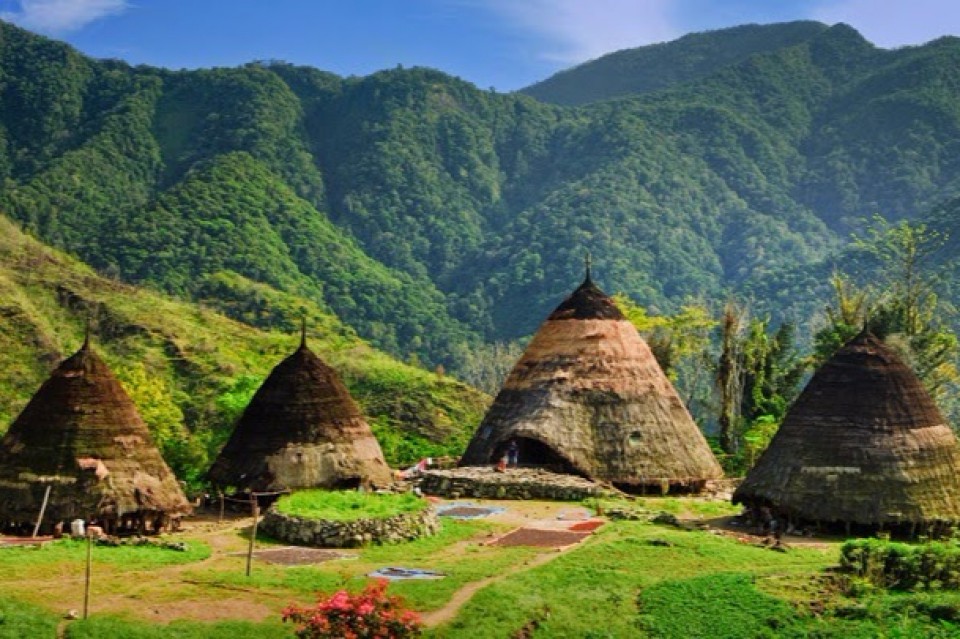
To study various designs and structural aspects of buildings, we don't need to go far and wide to neighboring countries. Indonesia, consisting of numerous islands, can already serve as a place for Indonesian architects to learn. This is because every region in Indonesia, from Sabang to Merauke, has unique traditional houses. The diverse shapes and structures can serve as inspiration for designing buildings with local nuances. This demonstrates that our people have had talent in this field since ancient times. Here are some traditional houses in Indonesia that have their own uniqueness.
1. Joglo House, Java
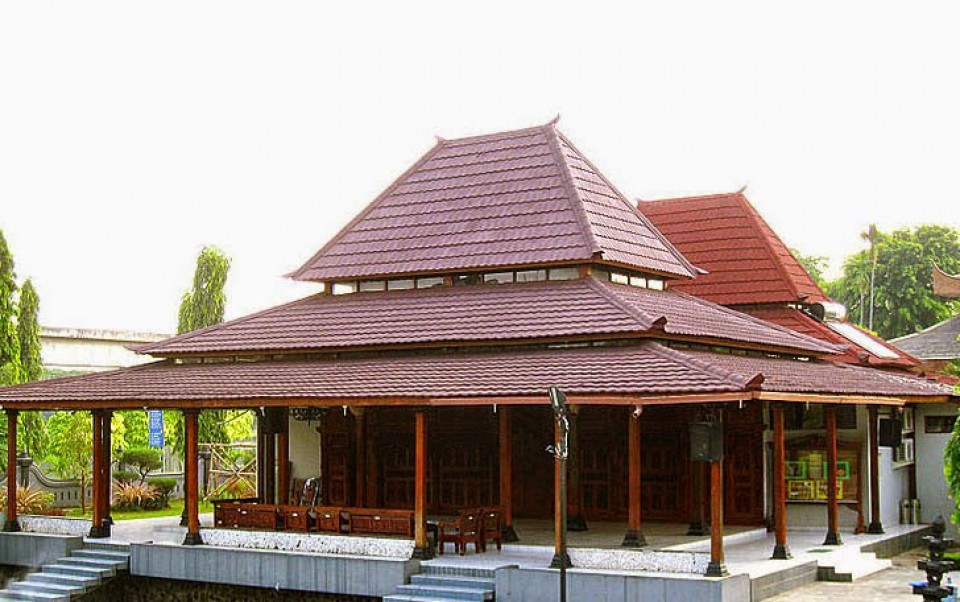
This traditional house is a characteristic of traditional houses in the Java region. The house is divided into several areas such as pendapa, pringgitan, dalem, sentong, gandok tengen, and gandok kiwo. The pendapa area in the joglo house is used for meetings and large events as it has no partitions. It can also be used for artistic performances. The distinctive feature of the joglo house is the soko guru construction structure seen in the columns in the pendapa area. In the pringgitan area, it serves as a connection between the pendopo and the inner house, and is also used as a living room. The dalem area is the family's relaxation area, which is the private section of the house.
2. Krong Bade House, Aceh
Krong Bade house, also known as rumoh Aceh, is a unique traditional house characterized by the staircase in front of the house used as the entrance. Interestingly, the steps in this house are an odd number. The Krong Bade house applies an elongated structure from east to west, aligning with an imaginary line towards the Kaaba. This elevated stilt house is about 2.5 to 3 meters high. The walls are made of wood and adorned with paintings. The roof is made of rumbia leaves, and the floor is made of bamboo or thatch. Another uniqueness is the shorter door, about 1.2 to 1.5 meters, to allow people entering the house to greet the homeowner without regard to social status or caste.
3. Gadang House, West Sumatra
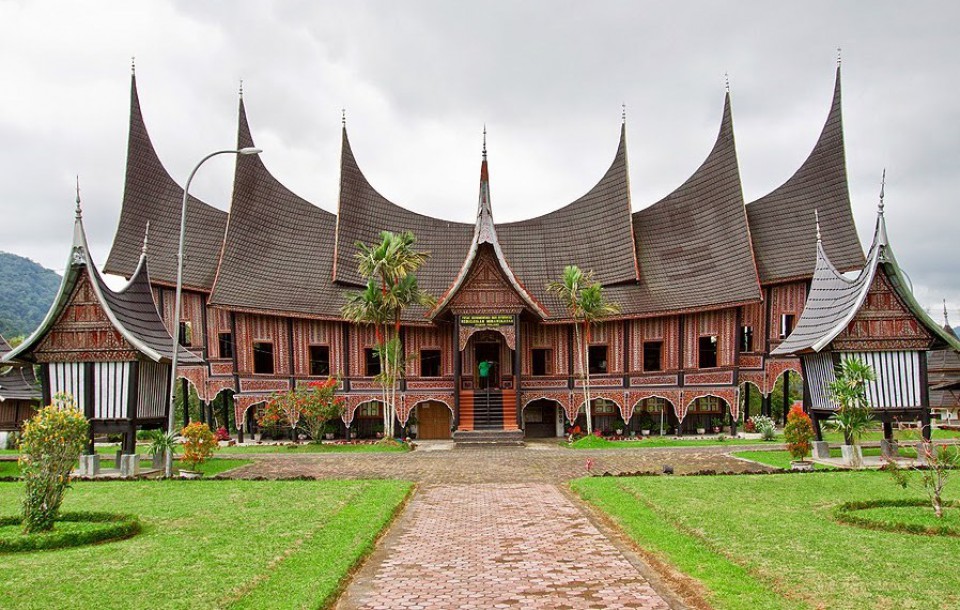
Bagonjong house, also known as gadang house, is another term for the traditional house from West Sumatra. Its uniqueness is most prominent in the roof, which has horn-like shapes at the roof's ends. The interior of this house does not have partitions except in the bedroom. As a communal house, gadang house symbolizes the presence of a community. The front of the house is usually adorned with carved ornaments typically featuring roots, flowers, leaves, squares, and parallelograms. Each element in this house has its own meaning. The kitchen is built separately at the back of the house, close to the wall.
4. Raft House, Bangka Belitung
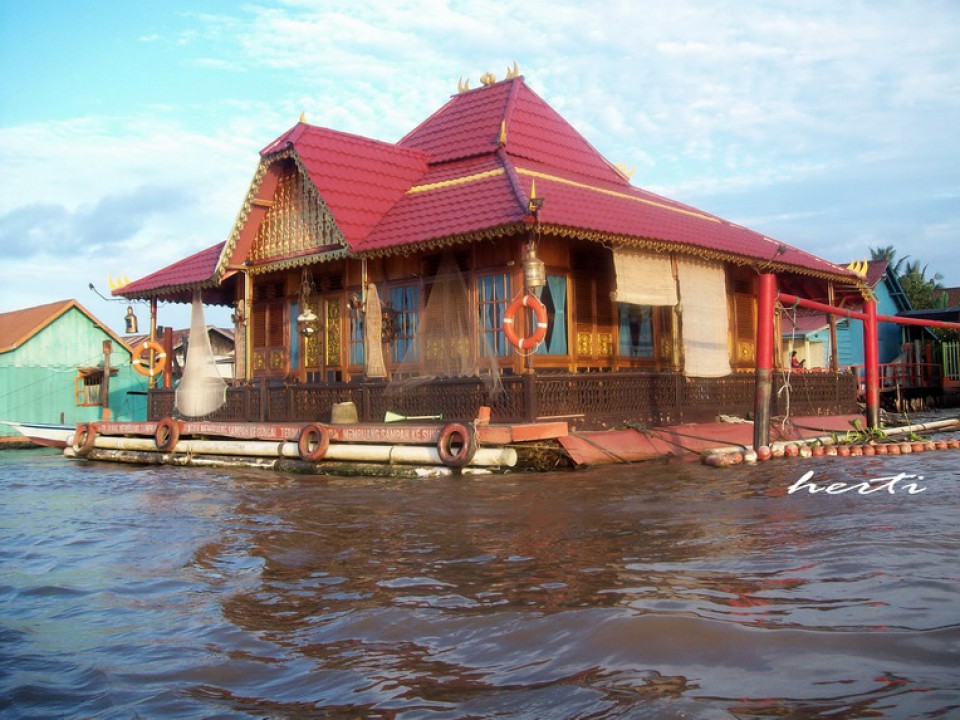
The uniqueness of this house lies in its position and shape. As the name suggests, this house resembles a raft and is built above a river. This traditional house is also popular in Palembang. It is built above the river as the river is considered a source of livelihood and food for the people. The materials used include buoyant bamboo, wood beams, and boards for the walls. The roof is woven palm leaves. One of the main materials is rattan, used to tie the bamboo and the top of the raft house.
5. Gapura Candi Bentar House, Bali
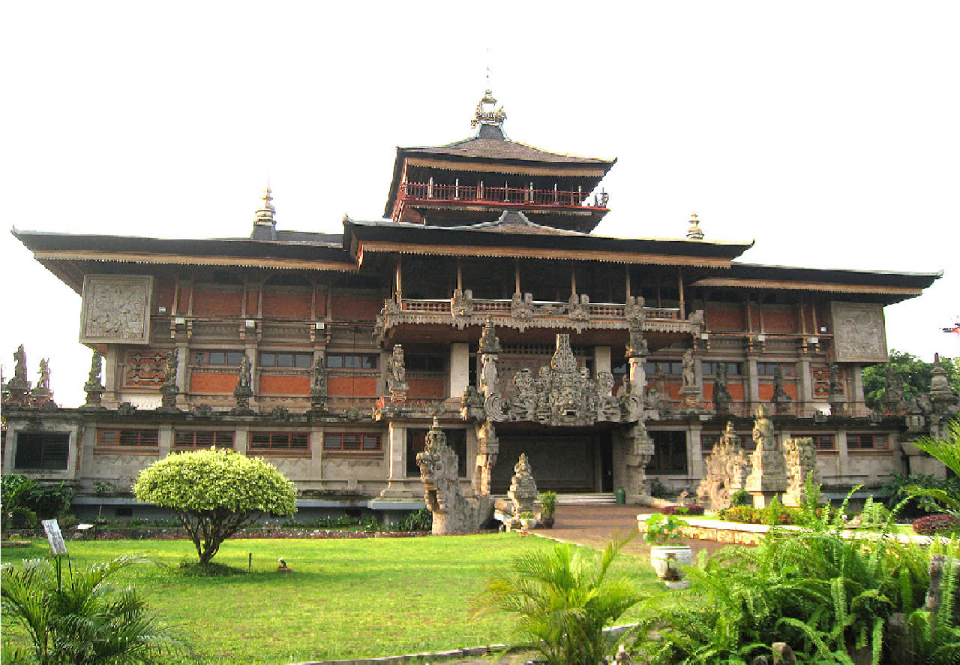
This house is easily recognizable by its distinctive gate! Originating from Bali, this traditional house resembles the structure of temples and gates at the front. The design is deeply rooted in their culture and religion. This traditional house is easily found throughout Bali. The Balinese people greatly preserve their cultural heritage. The choice of building materials depends on the owner's prosperity. Ordinary people may use mud and clay for the walls, while the upper class may use bricks. Sacred places or places of worship are owned and designed by a family or a group of relatives. Those who can afford it use ijuk, while those less affluent use alang-alang or tiles.
6. Tongkonan House, South Sulawesi
Tongkonan is the traditional house of the Toraja people. Its distinctive feature is the curved roof resembling a bamboo-constructed boat. At the front of this house, there are rows of buffalo horns. Inside the house, there are sleeping and kitchen areas. The front of the house contains a rice barn. Tongkonan houses are categorized based on social strata in Toraja. The elevated structure is a key feature of this traditional house. The round pillars supporting the walls and roof are not planted in the ground but are placed on large carved stones. The wall and floor boards are attached without nails but are tied or stacked using a locking system. This construction allows the house to last for decades. Pretty amazing, isn't it?
7. Lamin House, East Kalimantan
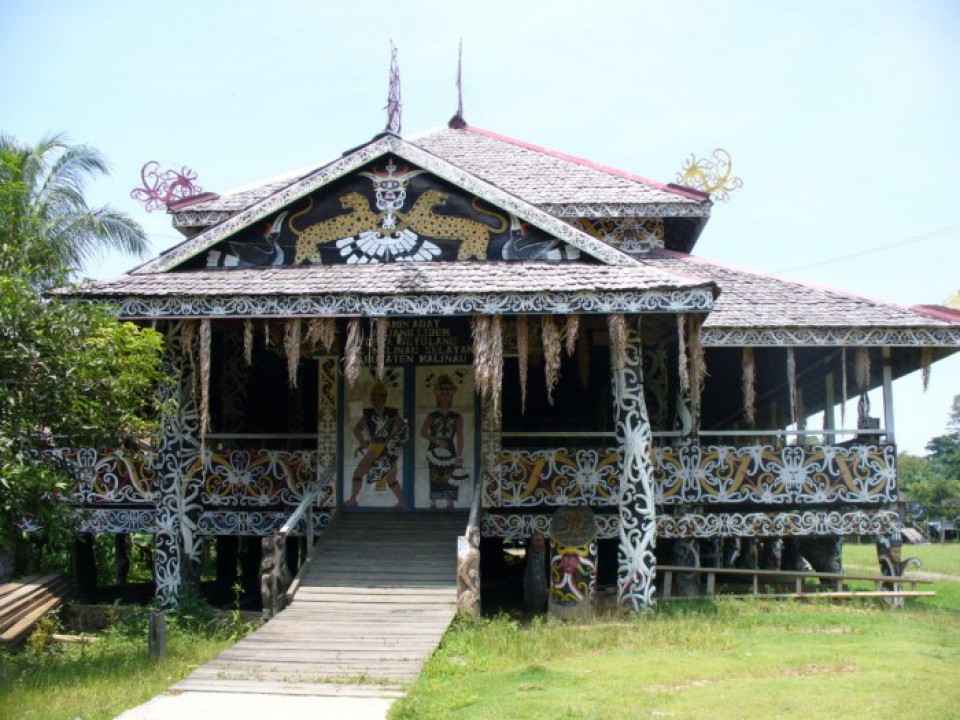
This traditional house is built by the indigenous Dayak Timur people of Kalimantan. The characteristic feature of this building is the various ornament patterns visible on each side of the house. Lamin houses are the largest traditional houses in Indonesia, measuring around 300 meters in length, 15 meters in width, and about 3 meters in height. The occupants can range from 12 to 30 families. There are two types of poles in this house: supporting poles for the floor and roof. The front yard is adorned with totem poles believed to be deities by the Dayak people. The colors applied to this house have their own meanings. Yellow symbolizes authority, red symbolizes courage, blue symbolizes loyalty, and white symbolizes purity of the soul.
8. Bubungan Tinggi House, South Kalimantan
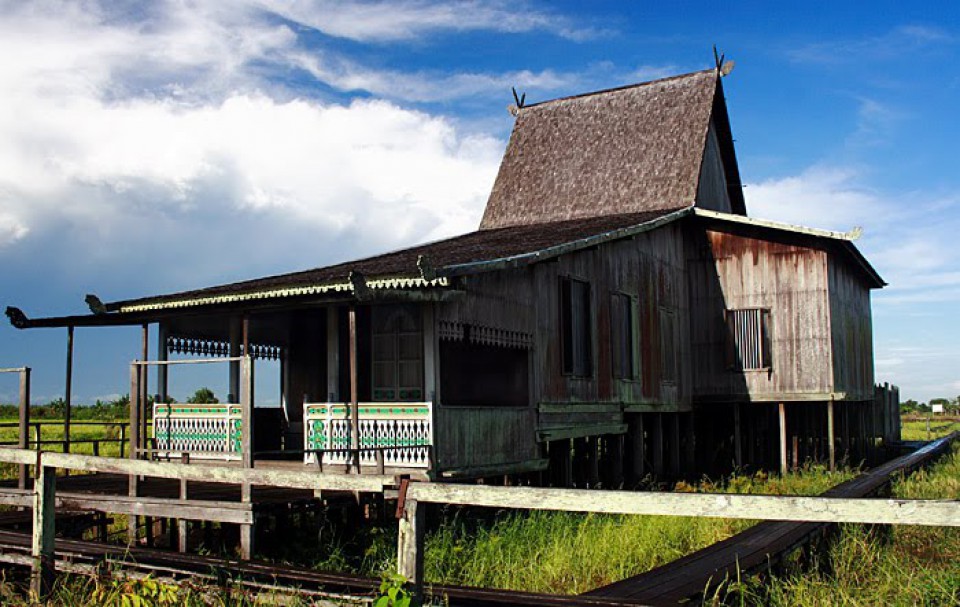
Bubungan Tinggi house is one of the houses of the Banjar people, which has become an icon of South Kalimantan province. Its elongated shape is a distinctive feature that aligns with its function. The suddenly rising roof is an iconic aspect of this house. The construction material used for this house is wood.
9. Sasak House, Lombok
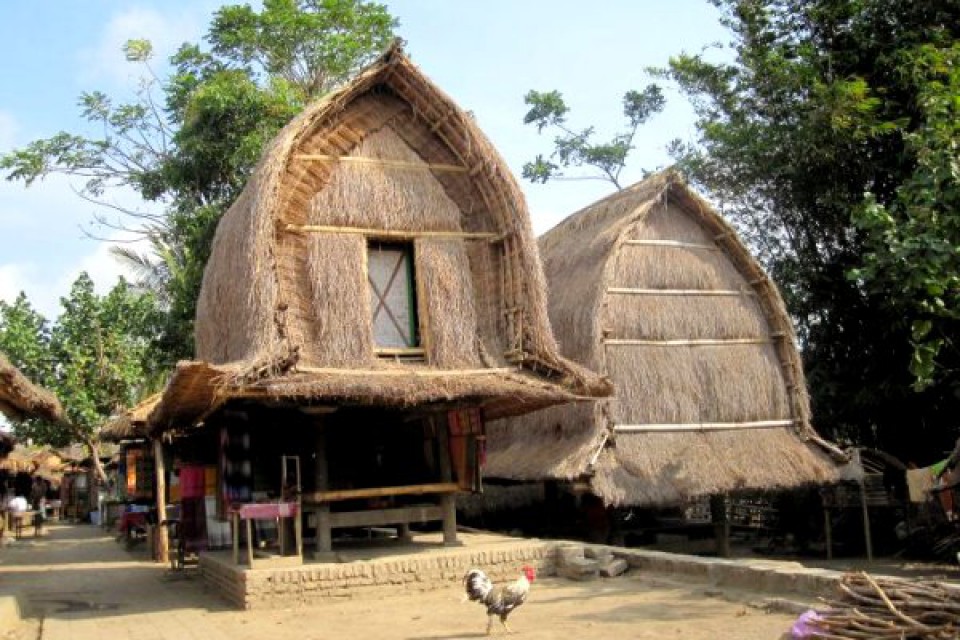
Lombok, as beautiful as Bali, not only showcases its captivating scenery but also its culture. One of them is the Sasak traditional house, which has a unique shape and material. The walls are made of woven bamboo, and the roof is made of thatch or alang-alang roots. The floor is a mix of bricks, straw ash, and tree sap. This traditional house holds a significant position in people's lives, serving as a private space for families and meeting their spiritual needs. Each room is divided based on its usage.
10. Mbaru Niang House, Wae Rebo, NTT
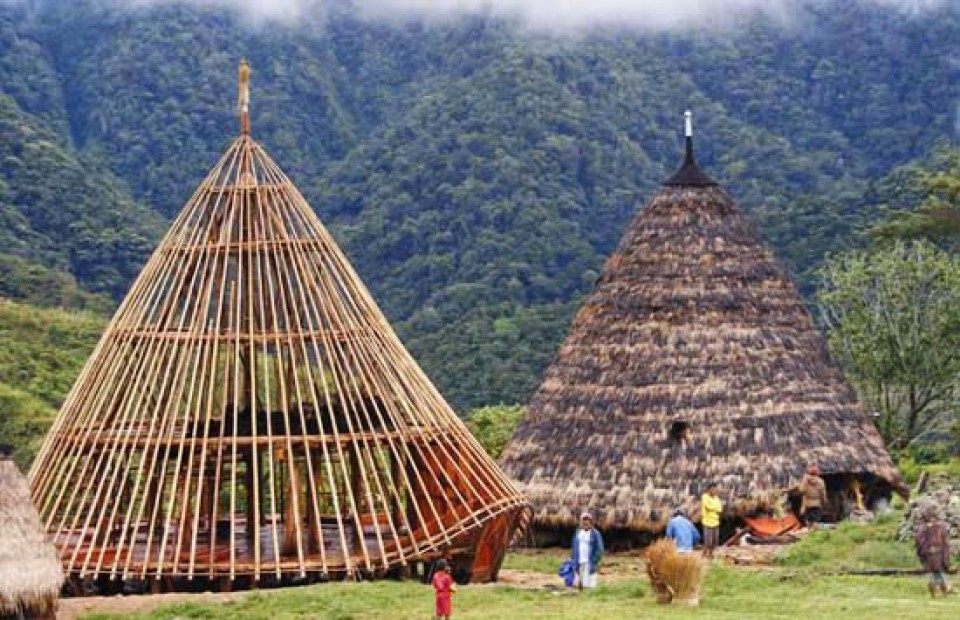
This rare traditional house is only found in a remote village in the mountainous region of Flores Island. Its unique shape tapers at a height of 15 meters with 5 floors inside. The conservation effort for Mbaru Niang received the highest honor in the UNESCO Asia Pacific Cultural Heritage category in 2012. Yori Antar, one of Indonesia's leading architects, also played a role in conserving this traditional house. During construction, the pillars are buried into the ground about 1.5 to 2 meters deep. The ground floor is a stage-like structure, about 1.2 meters above the ground. The pillars on each floor are not continuous but installed separately and tied. Rattan is used to tie the beams. Each of the five floors has its own function. The ground floor is for living and gathering, the second floor for storing food and goods. The third floor is for storing food seeds like rice and corn. The fourth floor stores food reserves in case of drought, and the top floor is used for offerings to ancestors.
What do you think of these ten traditional houses? They are certainly unique and demonstrate that Indonesia has had a good understanding of architecture through these diverse traditional houses.


